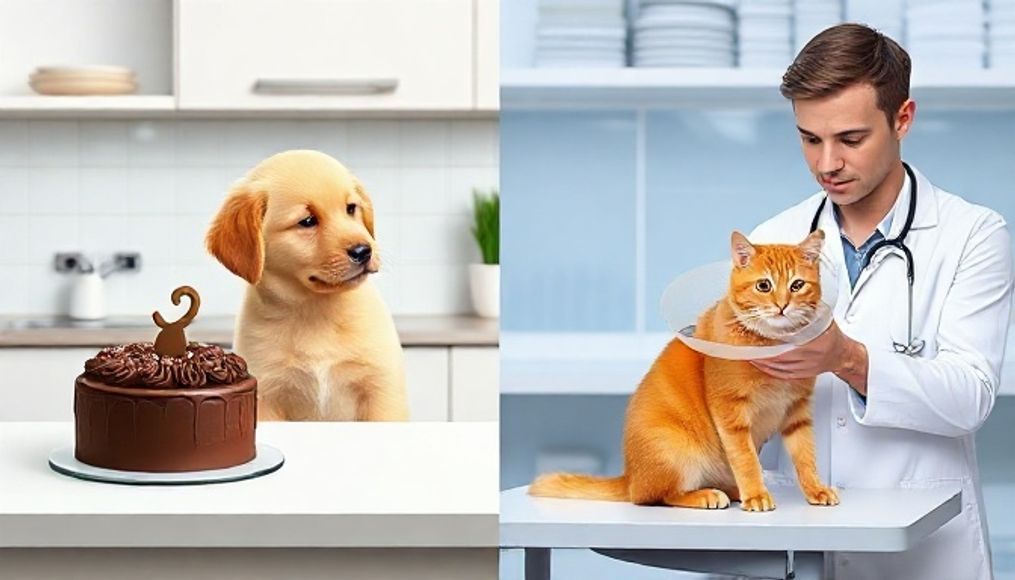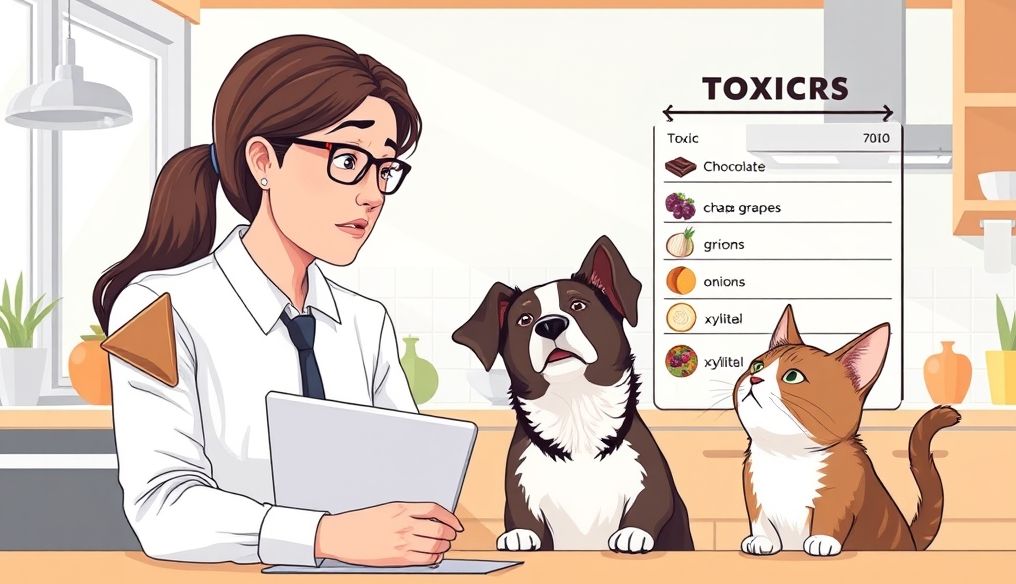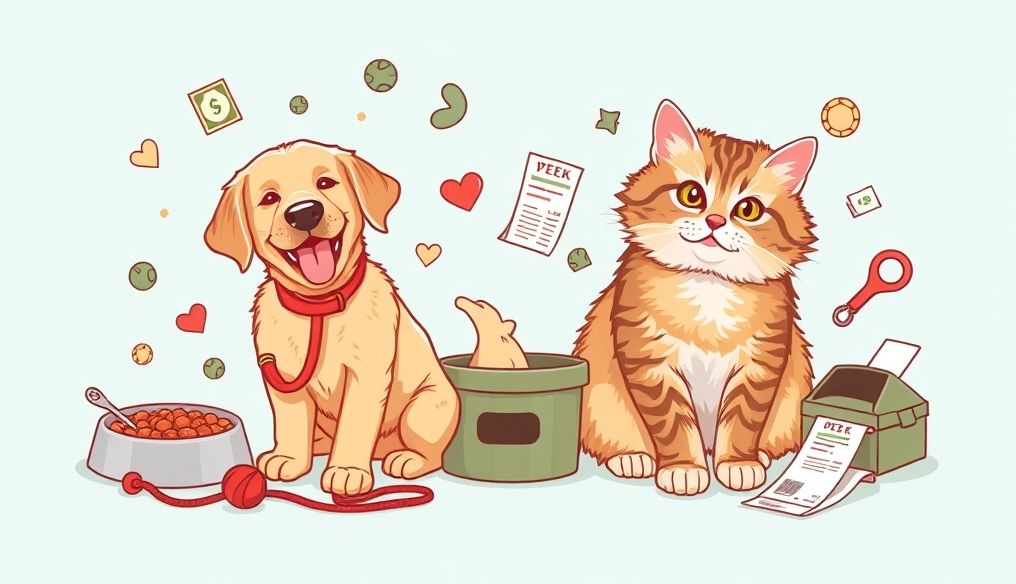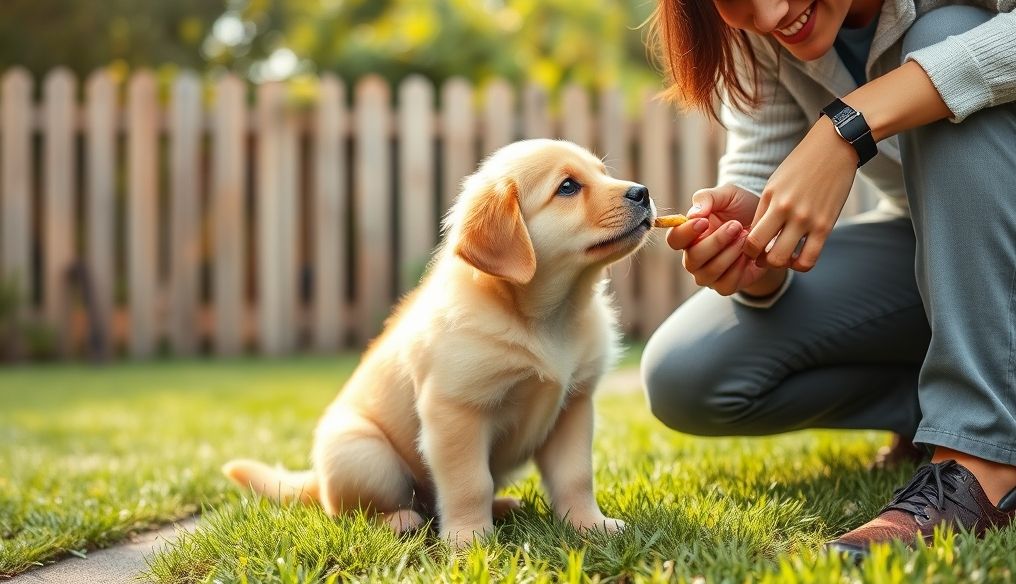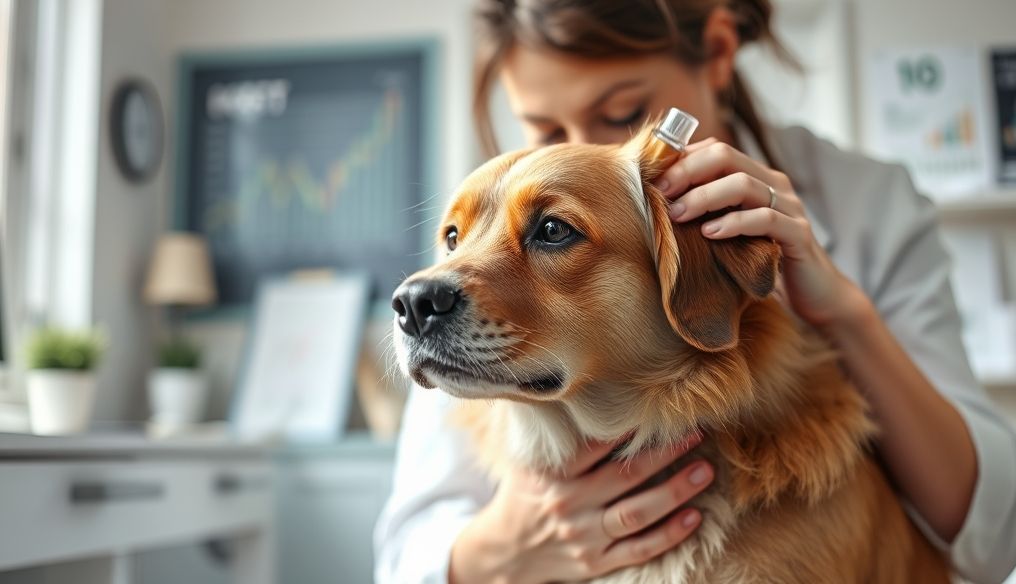What Human Foods are Toxic to Cats and Dogs and How Can We Protect Our Pets?
Pets, especially cats and dogs, are an integral part of our families. We care about their health and happiness, but sometimes, we may be unaware that some of the foods we eat daily can be toxic and dangerous to them. It is essential to be aware of these foods to avoid any unintentional harm to our pets.
Chapter 1: Introduction to Pet Nutrition
The nutritional needs of pets differ significantly from those of humans. Their digestive systems are not designed to handle certain chemicals and compounds found in human foods. Therefore, it is important to understand these differences to provide the best possible care.
Key Differences in Nutritional Needs
- Protein: Cats and dogs need significantly more animal protein than humans.
- Fats: Fats are essential for energy and healthy skin and coat, but they should come from healthy sources.
- Carbohydrates: Dogs can digest carbohydrates better than cats, but they are not as essential.
- Vitamins and Minerals: Pets need a specific set of vitamins and minerals in different quantities than humans.
Chapter 2: Common Toxic Foods for Cats and Dogs
There is a long list of human foods that can be toxic to cats and dogs. Feeding these foods to pets in any form should be avoided.
Chocolate
Chocolate is one of the most dangerous foods for cats and dogs. Chocolate contains theobromine, a stimulant that affects the nervous system and heart. Chocolate can cause symptoms such as vomiting, diarrhea, increased heart rate, and even seizures. The darker the chocolate, the higher the theobromine content, and therefore, the more dangerous it is.
Onions and Garlic
Onions and garlic, whether raw, cooked, dried, or powdered, can damage red blood cells in cats and dogs, leading to anemia. Even small amounts can be harmful, especially to cats.
Grapes and Raisins
The exact reason for the toxicity of grapes and raisins is still unknown, but even small amounts can cause acute kidney failure in some dogs and cats. Symptoms include vomiting, diarrhea, and lethargy.
Avocado
Avocado contains a substance called persin, which is toxic to many animals, including cats and dogs. Persin can cause vomiting and diarrhea.
Artificial Sweeteners (Xylitol)
Xylitol is a common artificial sweetener used in gum, candy, and oral care products. Xylitol can cause the release of large amounts of insulin in the bloodstream of dogs, leading to a sharp drop in blood sugar (hypoglycemia) and liver failure. Even small amounts can be fatal.
Alcohol
Alcohol is toxic to cats and dogs just as it is to humans, but even small amounts can have a significant impact due to the smaller size of pets. Alcohol can cause central nervous system depression, breathing problems, coma, and even death.
Raw Dough
Raw dough contains yeast that can produce alcohol in the animal's stomach, leading to alcohol poisoning. In addition, the dough can expand in the stomach, causing severe pain and stomach rupture.
Nuts (Especially Macadamia)
Nuts, especially macadamia, can cause weakness, vomiting, tremors, and elevated body temperature in dogs. The exact cause of macadamia toxicity is unknown.
Dairy Products
Many cats and dogs are lactose intolerant, meaning they cannot properly digest the lactose found in dairy products. Consuming dairy products can cause diarrhea, vomiting, and digestive upset.
Chapter 3: Symptoms of Food Poisoning in Cats and Dogs
It is essential to recognize the symptoms of food poisoning in cats and dogs as soon as possible to provide appropriate treatment. Common symptoms include:
- Vomiting
- Diarrhea
- Loss of Appetite
- Lethargy and Weakness
- Increased Thirst and Urination
- Difficulty Breathing
- Tremors and Seizures
- Loss of Consciousness
If you notice any of these symptoms in your pet, it is important to contact your veterinarian immediately.
Chapter 4: First Aid for Food Poisoning
If you suspect that your pet has ingested a toxic food, here are some steps you can take before reaching the veterinarian:
- Remove the Food: Remove any remaining food from the pet's mouth.
- Contact the Veterinarian: Contact your veterinarian or a pet poison control center immediately for advice.
- Collect a Sample of the Food: If possible, collect a sample of the food you believe your pet has ingested.
- Do Not Attempt to Induce Vomiting Unless Instructed by the Veterinarian: Inducing vomiting can be dangerous in some cases.
Chapter 5: Prevention is Better Than Cure
The best way to protect your pet from food poisoning is to prevent it from happening in the first place. Here are some tips for prevention:
- Store Foods Safely: Keep toxic foods out of reach of pets.
- Do Not Feed Pets from the Table: Avoid feeding pets table scraps.
- Read Labels: Read food labels and ingredients carefully before feeding them to pets.
- Provide a Balanced Diet: Provide your pet with a balanced diet appropriate for their needs.
Chapter 6: Healthy Alternatives for Snacks
Instead of feeding your pet human foods, there are many healthy and safe alternatives you can offer as snacks:
- Vegetables: Some vegetables like carrots, cucumbers, and zucchini are safe for cats and dogs in small quantities.
- Fruits: Some fruits like apples, bananas, and watermelon are also safe, but seeds and pits should be removed.
- Pet-Specific Foods: There are many healthy and nutritious snacks available in specialty stores.
Chapter 7: The Role of the Veterinarian
The veterinarian is the best source of information about pet nutrition. The veterinarian can advise you on the appropriate diet for your pet based on their age, health, and individual needs.
Chapter 8: Additional Tips to Protect Your Pets
- Education and Awareness: Share this information with friends and family who have pets.
- Monitor Pet Behavior: Be aware of any changes in your pet's behavior that may indicate a health problem.
- Pet Health Insurance: Health insurance can help cover the costs of veterinary treatment in case of emergency.
By following these tips, you can protect your pets from food poisoning and ensure a healthy and happy life for them.
